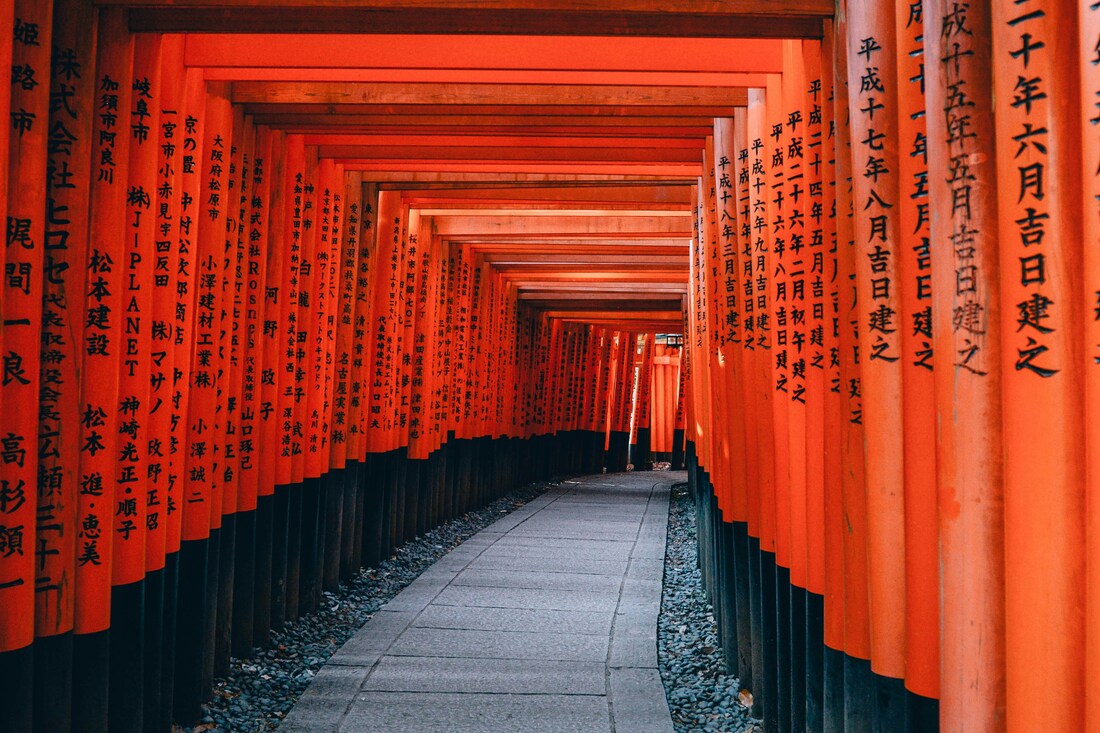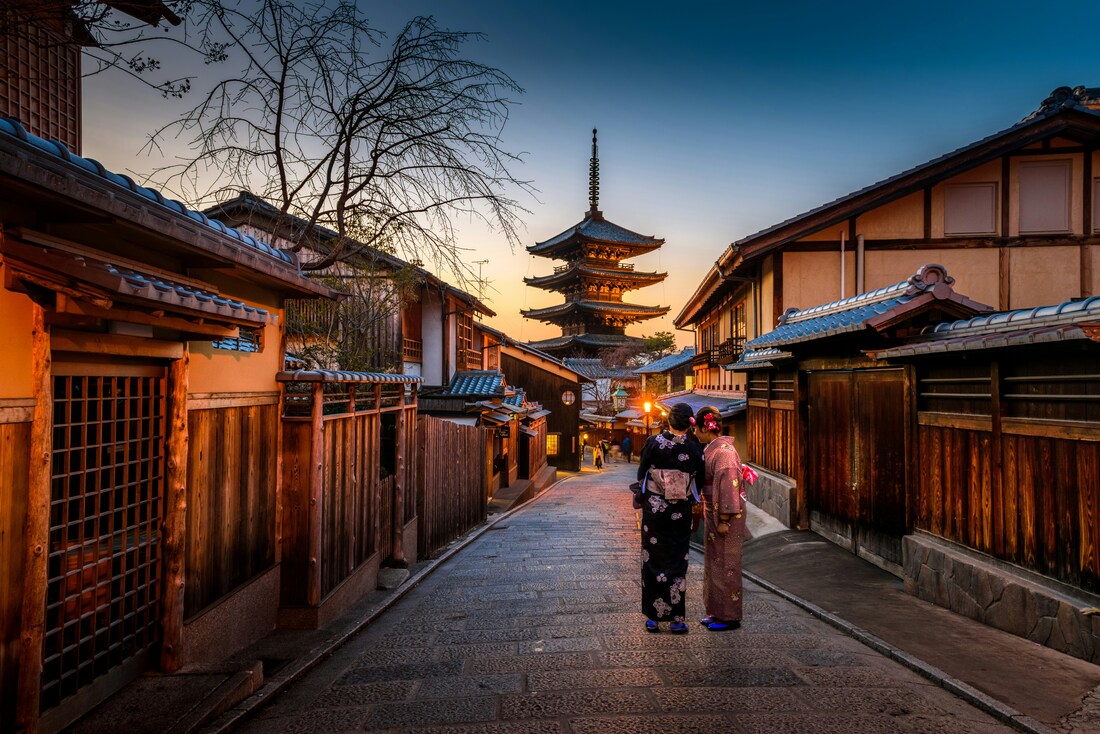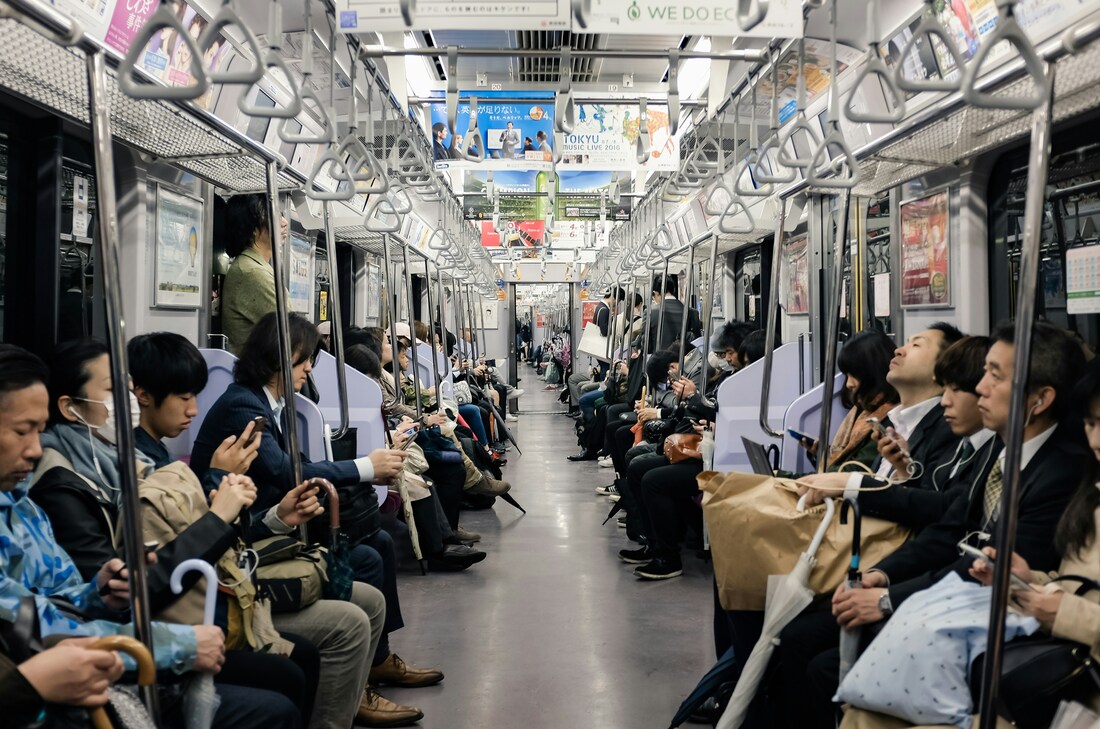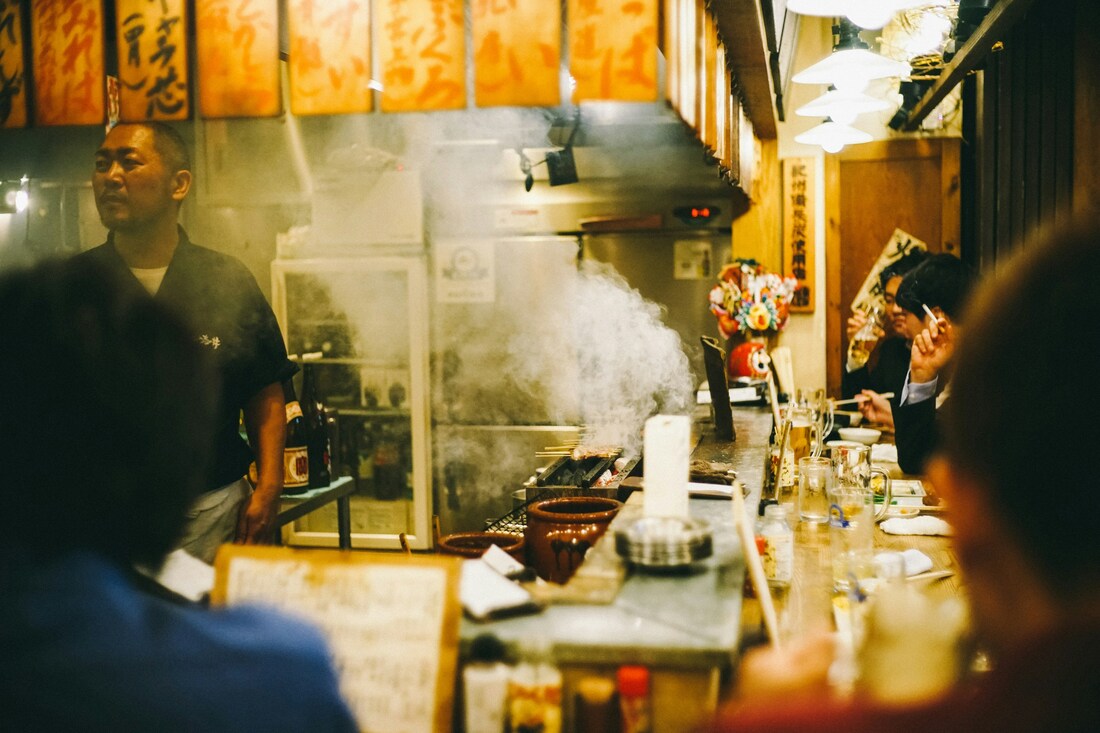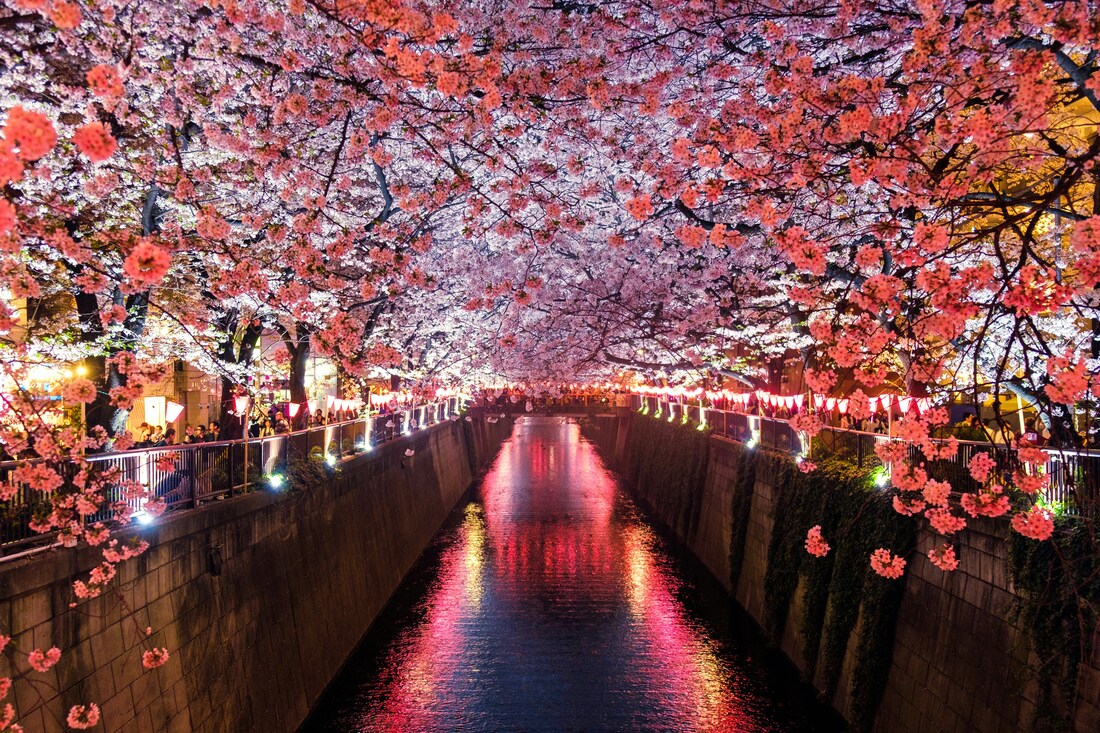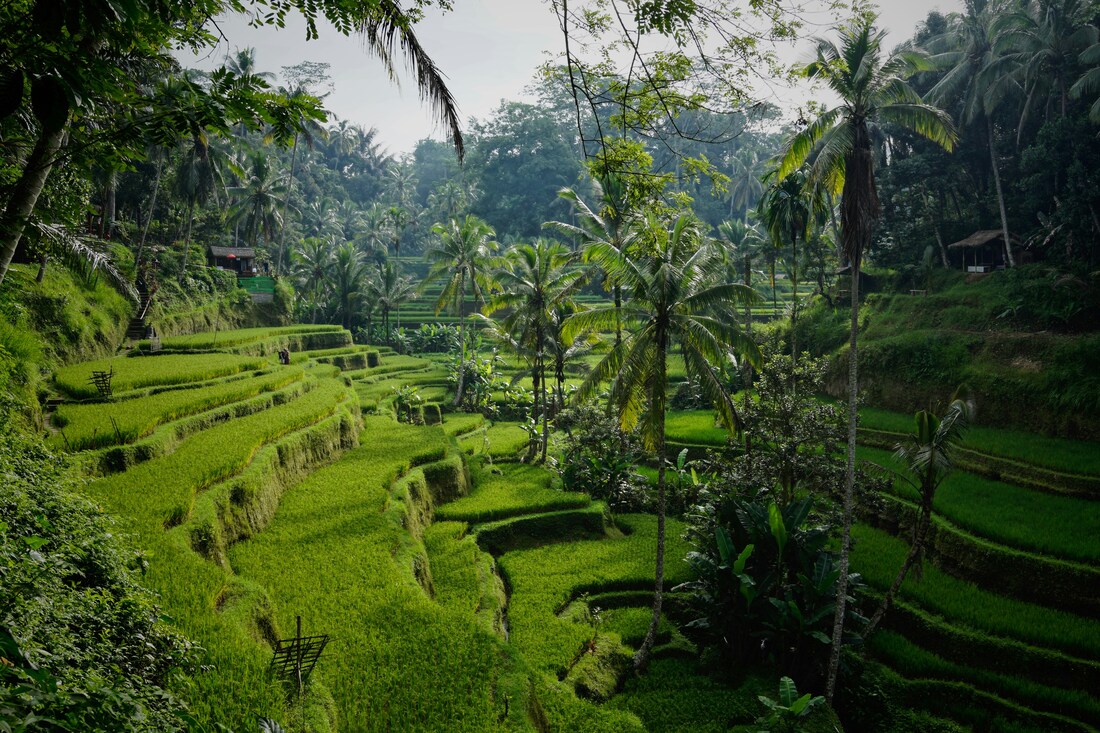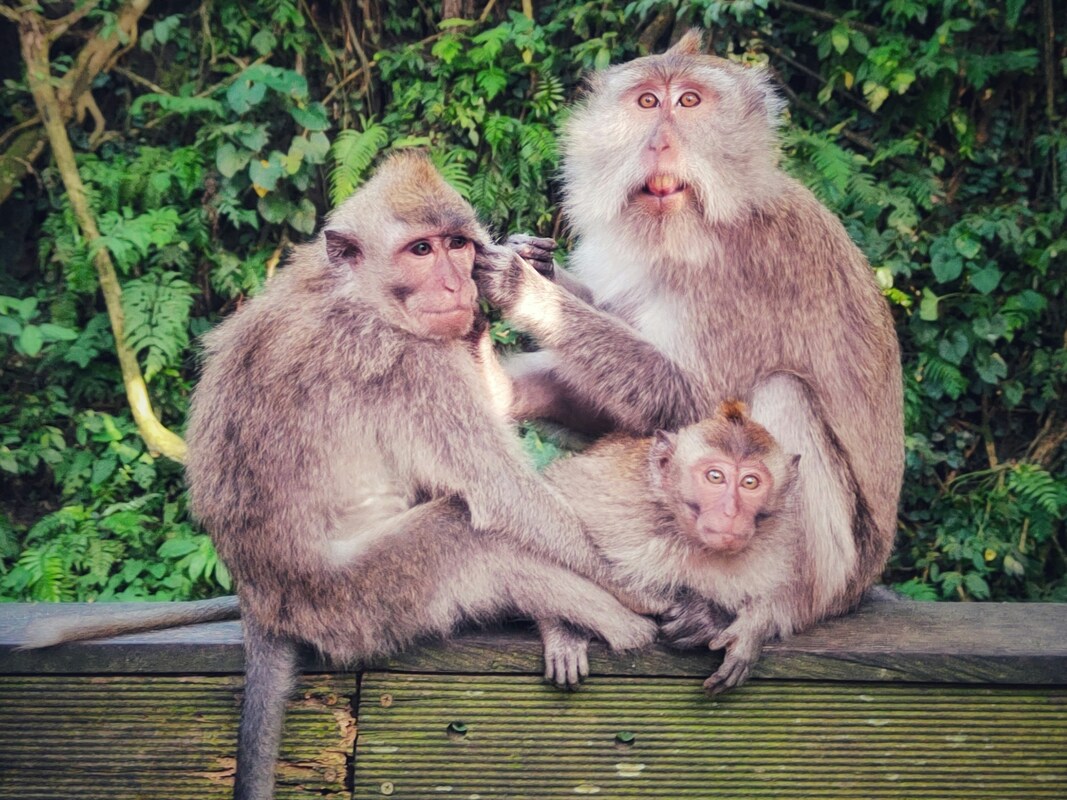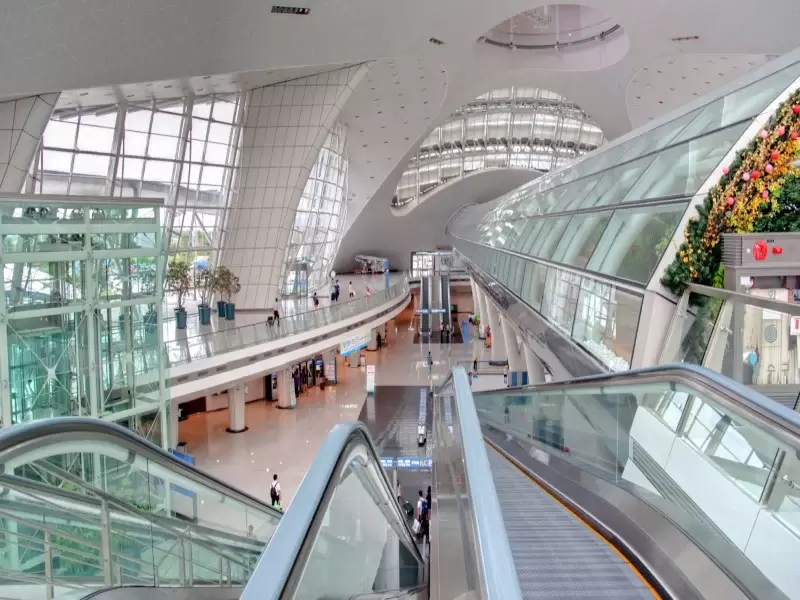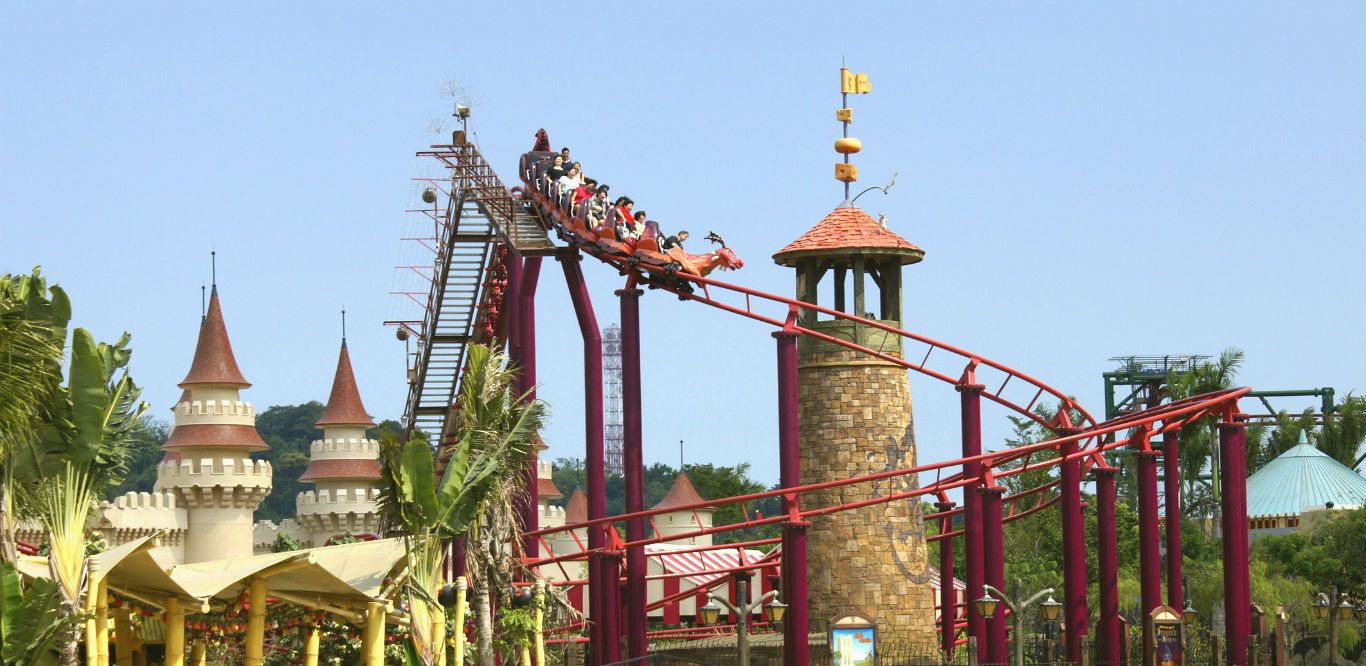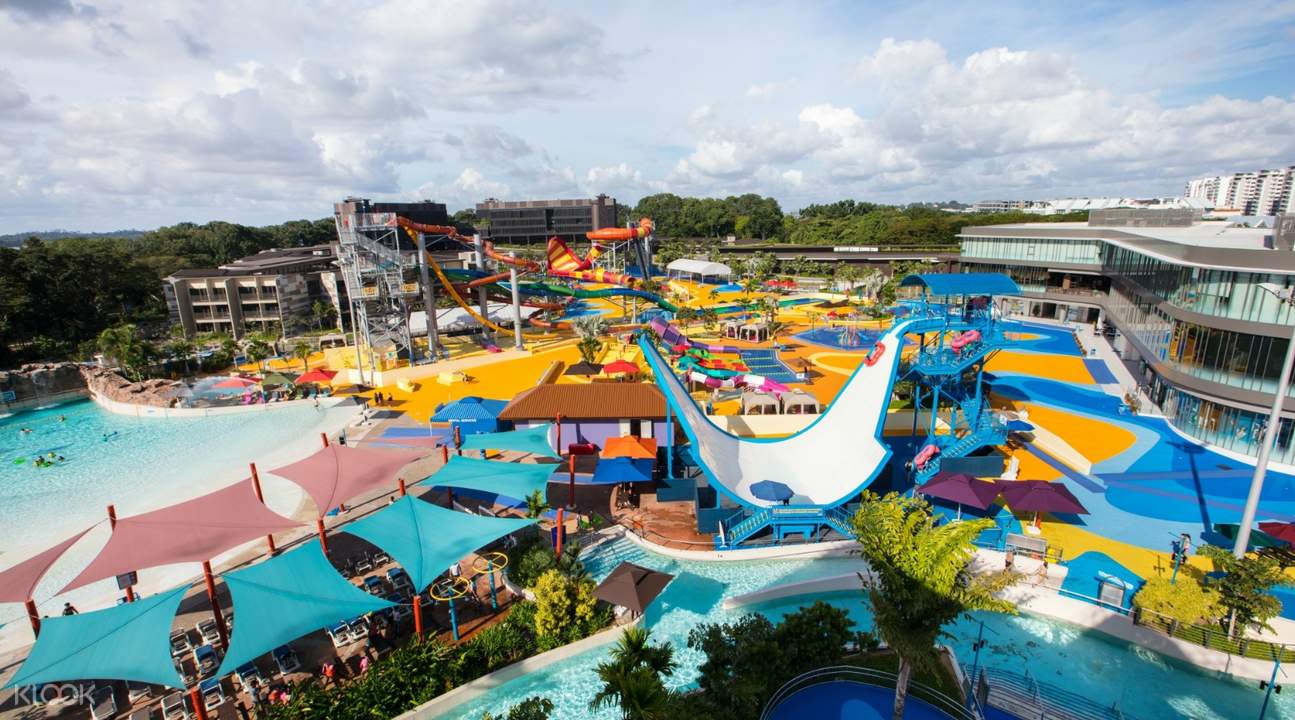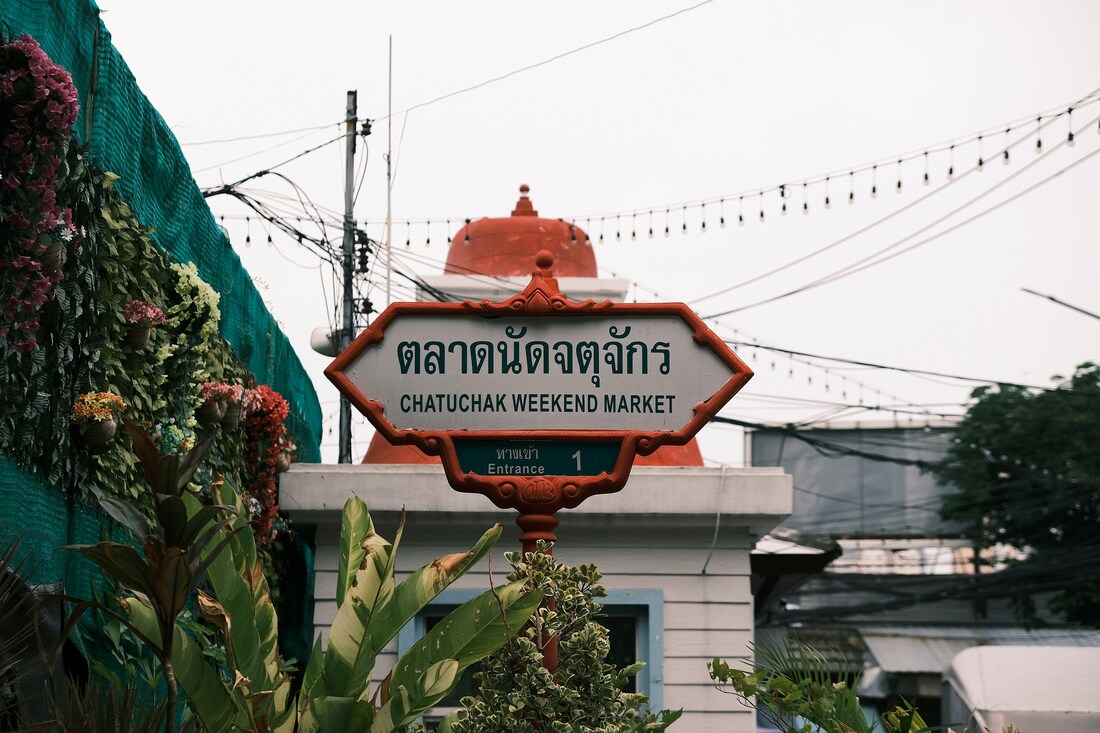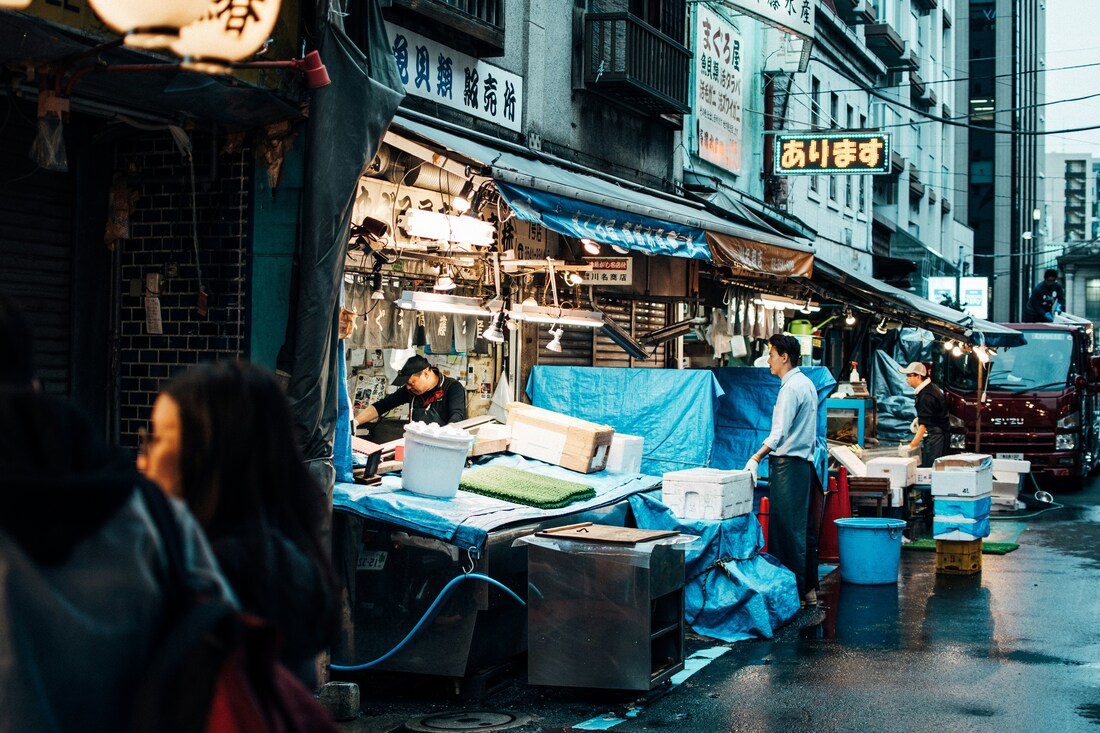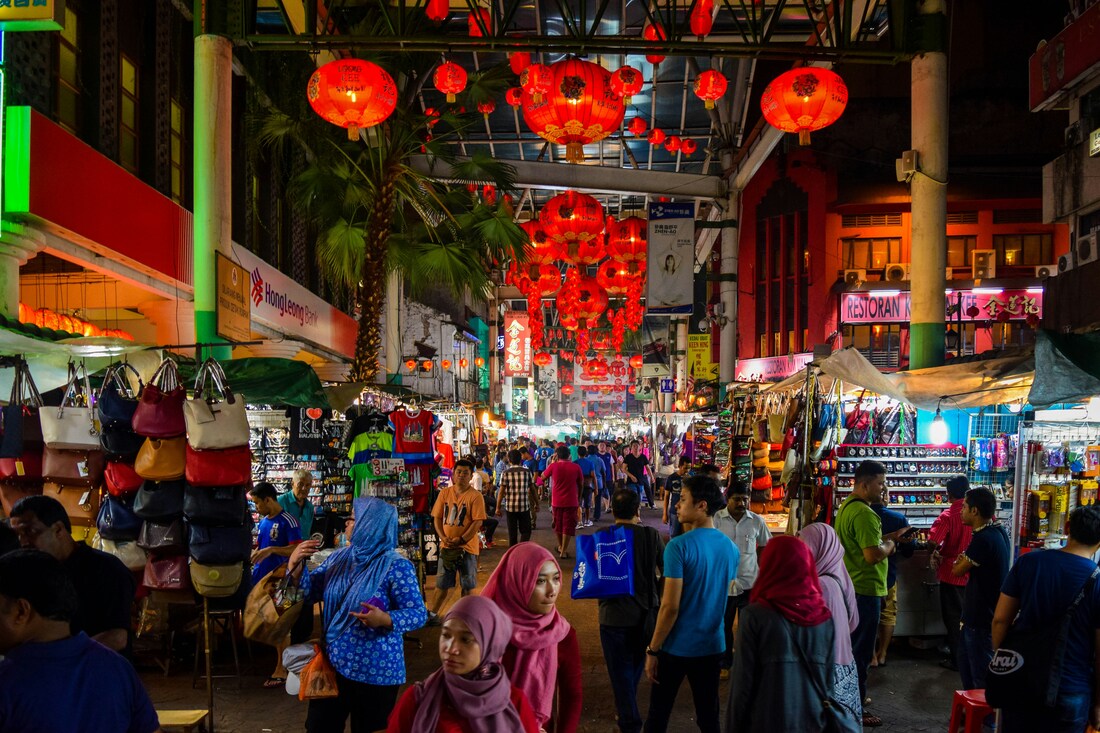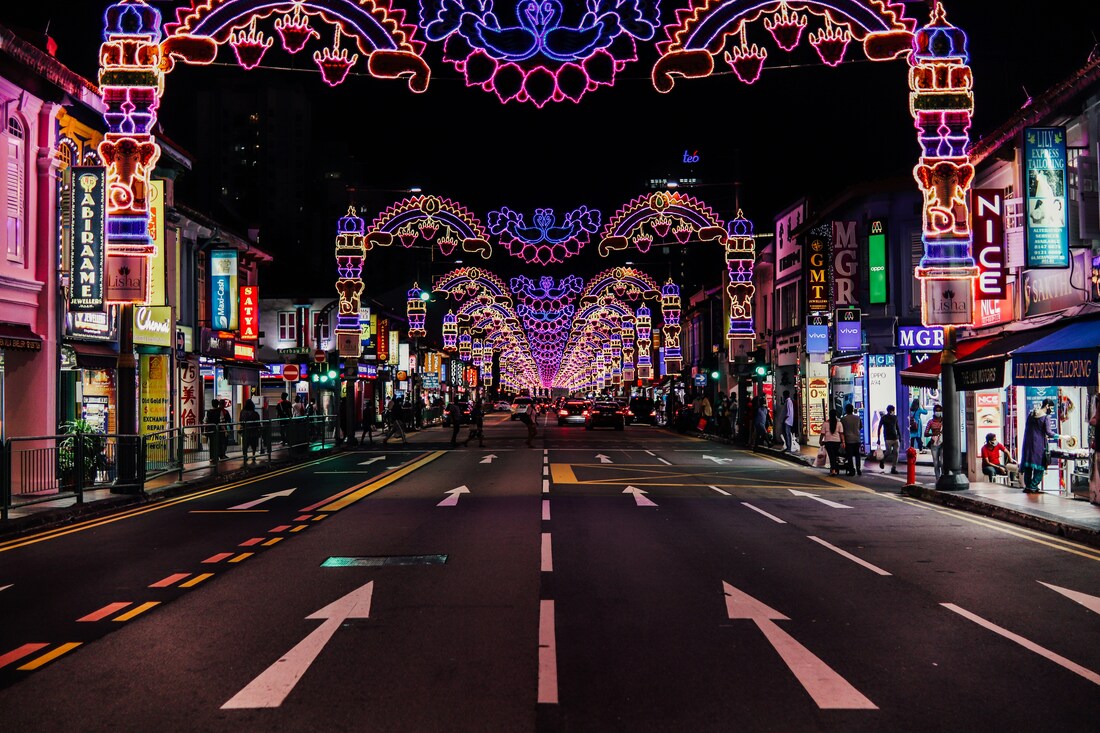|
Are you planning a trip to the Land of the Rising Sun? Japan is a captivating destination that seamlessly blends ancient traditions with cutting-edge technology, offering a unique travel experience. To ensure you make the most of your journey, here are five essential tips for travelling in Japan. 1. Embrace the Local Etiquette and Customs Japan is a country steeped in tradition and cultural nuances. To make the most of your visit, it's crucial to familiarize yourself with Japanese customs and etiquette. For example, when entering someone's home or certain traditional accommodations like ryokans, it's customary to remove your shoes. Additionally, learning a few basic Japanese phrases, such as "hello" (konnichiwa) and "thank you" (arigatou gozaimasu), can go a long way in showing respect to the locals. When visiting temples or shrines, it's important to follow specific rituals, such as purifying yourself before entering. Understanding and respecting these cultural practices will not only enrich your travel experience but also help you connect with the locals on a deeper level. 2. Master the Art of Public Transportation Japan boasts an efficient and extensive public transportation system, making it easy for travellers to explore the country. The Japan Rail Pass is a cost-effective option for tourists, providing unlimited travel on most JR trains for a set period. However, be aware that it must be purchased before arriving in Japan. Navigating the complex train and subway systems may seem daunting at first, but with a little preparation, it becomes a breeze. Hyperdia is a useful online tool that helps you plan your train journeys, providing accurate schedules and platform information. Make sure to familiarise yourself with the various train types, such as express and local trains, to avoid any confusion. 3. Immerse Yourself in Japanese Cuisine One of the highlights of any trip to Japan is undoubtedly the food. From sushi and ramen to tempura and sashimi, Japanese cuisine is a culinary delight that caters to every palate. To fully appreciate the local flavors, venture beyond the familiar and try regional specialties. Don't shy away from dining at izakayas, casual Japanese pubs, where you can sample a variety of dishes paired with sake or beer. Additionally, be open to the unique dining experiences Japan offers, such as conveyor belt sushi and vending machines that dispense hot, fresh meals. Engaging in the culinary landscape is a surefire way to connect with the essence of Japanese culture. 4. Plan for Seasonal Highlights Japan experiences distinct seasons, each offering its own charm and unique experiences. Whether you're captivated by cherry blossoms in spring, the vibrant autumn foliage, or winter festivals, planning your trip around the seasons can enhance your overall experience. Spring (March to May) is renowned for cherry blossoms, while autumn (September to November) showcases stunning foliage. Winter (December to February) offers the magic of snow-covered landscapes, and summer (June to August) brings vibrant festivals and lively street performances. Consider the seasonal highlights that align with your interests and plan your itinerary accordingly. 5. Utilise Technology Wisely Japan is known for its cutting-edge technology, and you can leverage it to enhance your travel experience. Apps like Google Maps and translation apps can be invaluable for navigating the streets and communicating with locals. Pocket Wi-Fi devices are readily available for rent, providing reliable internet access wherever you go. Cash is still widely used in Japan, so make sure to carry enough yen, especially when visiting rural areas. Most importantly, familiarise yourself with the local emergency services and know how to contact them in case of any unforeseen circumstances. 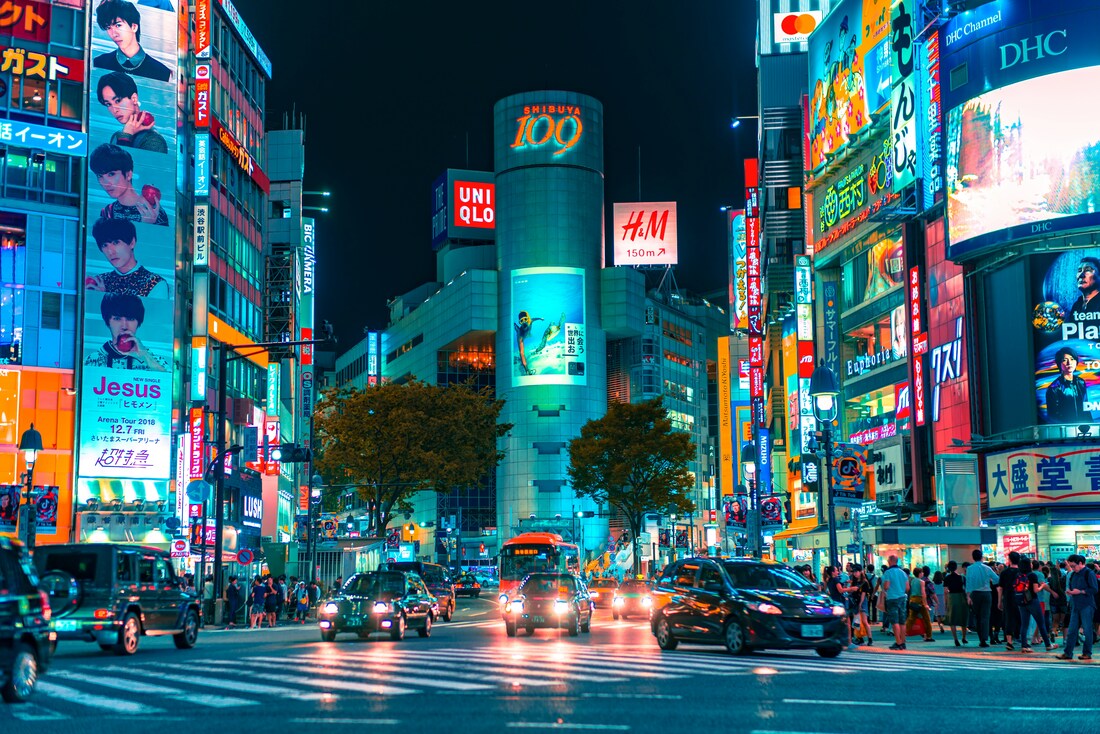 By embracing local customs, mastering public transportation, savouring Japanese cuisine, planning for seasonal highlights, and utilizing technology wisely, your journey through Japan will be an unforgettable adventure. So, pack your bags, immerse yourself in the rich culture, and get ready for an extraordinary travel experience in the Land of the Rising Sun!
0 Comments
Bali, Indonesia, continues to captivate travellers with its stunning landscapes, rich culture, and vibrant atmosphere. Close to home and easy on the pocket, whether you’re seeking adventure, relaxation, or cultural immersion, Bali has something for everyone. Here are the top three must-visit attractions in Bali for an unforgettable island getaway. Sacred Monkey Forest Sanctuary (Ubud) Nestled in the heart of Ubud, the Sacred Monkey Forest Sanctuary is a must-visit for nature lovers and wildlife enthusiasts. This lush, green haven is home to hundreds of playful long-tailed macaques, roaming freely among ancient trees and intricate stone temples. Wander the serene paths, explore hidden corners, and enjoy close encounters with the friendly monkeys. Recently, the sanctuary has expanded its conservation efforts, ensuring that visitors can connect with both the wildlife and the environment in an ethical, sustainable manner. Besakih Temple (Mount Agung)
As Bali’s largest and most important Hindu temple complex, Besakih Temple is often referred to as the "Mother Temple." Located on the slopes of the majestic Mount Agung, the temple offers breathtaking views and a deeply spiritual experience. Visitors can explore the vast complex, learn about Bali’s religious practices, and witness traditional ceremonies. Nusa Penida Island For those seeking a more adventurous escape, a day trip to Nusa Penida Island is a must. Known for its dramatic cliffs, pristine beaches, and crystal-clear waters, this island paradise is perfect for snorkelling, diving, and photography. Iconic spots like Kelingking Beach, Angel's Billabong, and Crystal Bay will leave you in awe of Bali's natural beauty.These must visit attractions offer an exciting mix of culture, nature, and adventure—ensuring that your visit will be a memorable one! See our other blog posts for articles on the best attractions for families and for wellness escapes. Airports are often seen as mere gateways to our final destinations, spaces designed for efficiency rather than enjoyment. However, there are airports around the world that challenge this notion, transforming the travel experience into an adventure itself. Let's explore three airports that have become destinations in their own right: Singapore Changi Airport, Seoul Incheon International Airport, and Dubai International Airport. Singapore Changi Airport: Where Leisure Meets Luxury Dubbed as one of the best airports globally, Singapore Changi Airport seamlessly blends efficiency with an array of entertainment and leisure options. Upon arrival, travellers are welcomed by stunning architecture and lush greenery. The Jewel Changi Airport, an architectural marvel, serves as the airport's centrepiece. It houses the world's tallest indoor waterfall, the Rain Vortex, surrounded by a lush indoor forest and a mesmerizing light and sound show. Travelers can embark on a culinary journey with a diverse range of dining options representing the best of Singapore's renowned food scene. For those seeking relaxation, the airport boasts tranquil gardens, including the Butterfly Garden and the Sunflower Garden, offering an oasis of calm amid the bustling terminals. Changi Airport's commitment to passenger experience extends to its entertainment options. The airport features a 24-hour cinema, immersive art installations, and even a rooftop swimming pool with a breathtaking view of the runway. With a rooftop cactus garden and various play areas for children, Changi Airport transforms the often stressful travel experience into a leisurely and enjoyable journey. Seoul Incheon International Airport: A Gateway to Culture Seoul Incheon International Airport goes beyond its role as a transit point, offering travellers a glimpse into Korean culture. The airport proudly showcases traditional Korean architecture and art, providing a cultural prelude to the adventures that await beyond its terminals. Passengers can enjoy a cultural immersion through activities like traditional tea ceremonies, performances of K-pop and traditional music, and even try on hanboks, the traditional Korean attire. The airport's Korean Cultural Street provides a shopping haven for those seeking authentic souvenirs, from traditional crafts to modern K-pop merchandise. Incheon's emphasis on relaxation is evident with its extensive spa and relaxation facilities. The airport's Transit Hotel offers a convenient place for weary travellers to recharge, with luxurious amenities that include private sleeping rooms, a sauna, and even a golf course. Dubai International Airport: Where Opulence Meets Innovation
Dubai International Airport is a testament to the city's commitment to grandeur and innovation. As one of the busiest airports globally, it effortlessly combines efficiency with a luxurious and futuristic ambiance. The architecture alone is a marvel, with soaring ceilings, sleek designs, and state-of-the-art facilities. Passengers can indulge in high-end shopping at Dubai Duty-Free, offering a curated selection of luxury brands and local treasures. The airport also features a Zen garden, providing a serene escape for those seeking respite before their next flight. For a unique dining experience, Dubai International Airport boasts a diverse culinary scene, ranging from international cuisines to local delights. The airport's commitment to technological innovation is evident in its smart gates, biometric processing, and interactive information kiosks, ensuring a seamless and efficient travel experience. The three airports mentioned in this article have transcended the conventional notion of being mere transit hubs, evolving into destinations that captivate, entertain, and immerse travellers in unique experiences. Singapore Changi Airport, Seoul Incheon International Airport, and Dubai International Airport have set a new standard for airports worldwide, inviting passengers to savour the journey as much as the destination itself. Let us know which “destination airports” you think should be added to this list. Once commonly thought of as a stopover or transit destination, Singapore is now definitely known as a fantastic holiday destination in its own right. A clean, safe and affordable city with world class attractions which are easy to access, Singapore is a melting pot of cultures from throughout the region. A great place to visit for a few days or more – there is plenty to see and do, especially for families. See our top picks of things to do for families in Singapore below. Universal Studios Singapore Located on Sentosa Island, Universal Studios Singapore is the only Universal Studios theme park in the Southeast Asia region. It features 24 rides, shows and attractions in seven separately themed zones. There is something for all the family here. Spend the day; take in a show, enjoy the rides and have some lunch. Singapore Zoo Whilst there are zoos in many cities in the world, Singapore Zoo is a must see. The beautiful grounds and exhibits and the sheer size and number of animals make this a world class attraction. There is a fantastic wet play area for the kids to cool down and multiple food choices. Take advantage of the 4 parks pass which will give you access to the Jurong Bird Park, Night Safari and River Safari along with your zoo admission. Whilst the park is located a little further out of the city than most attractions, there are good public transport options.
Wild Wild Wet Singapore Singapore can be hot and humid. What better way to cool down than to take the kids to a water park. Wild Wild Wet provides plenty on water based fun for the whole family. Why not spend a day at the park and hire a cabana which comes with towels, snacks and drinks. A great way to relax and have some fun. Singapore Flyer
165 meters high at its tallest point, the Singapore Flyer, located at Marina Bay, is a great way to view Singapore. The Ferris Wheel is the world largest observation wheel (being 30cm taller than the London Eye) and has 28 airconditioned capsules which can carry up to 28 passengers each. A complete rotation of the wheel takes approximately 30 minutes, so there is plenty of time to take in all the sights. Embark on a sensory journey through the vibrant and bustling street markets of Asia, where the kaleidoscope of colours, enticing aromas, and the hum of lively chatter create an unforgettable experience. These markets not only showcase the rich tapestry of Asian culture but also offer a delightful array of local flavours and unique finds. Here's a curated list of the best Asian street markets that beckon every avid traveller and food enthusiast. Chatuchak Weekend Market, Bangkok, Thailand As one of the largest markets in the world, Chatuchak offers a labyrinth of stalls selling everything from vintage clothes to handcrafted souvenirs. The aroma of sizzling street food wafts through the air, drawing you to savory delights like Pad Thai, grilled satay, and exotic fruit smoothies. Navigate through the maze of narrow alleys and discover hidden gems that reflect the essence of Thai culture. Tsukiji Outer Market, Tokyo, Japan Renowned for its fresh seafood, Tsukiji Outer Market is a haven for sushi aficionados. Indulge in the finest cuts of sashimi, sample delectable street snacks, and explore the stalls offering traditional Japanese ingredients. The market's lively atmosphere and diverse culinary offerings provide a glimpse into the heart of Tokyo's culinary scene. Donghuamen Night Market, Beijing, China When the sun sets, Donghuamen Night Market comes alive with a myriad of street food stalls. Adventurous eaters can savour unique delicacies like scorpion skewers, crispy starfish, and silk larvae. The market is a sensory overload, with vibrant lights, sizzling woks, and the hustle and bustle of both locals and tourists immersing themselves in the culinary adventure. Petaling Street, Kuala Lumpur, Malaysia Kuala Lumpur's Chinatown, Petaling Street, is a treasure trove of culture, history, and gastronomic delights. Sample the diverse Malaysian cuisine, from fragrant satay to mouth-watering Hainanese chicken rice. Don't forget to haggle your way through the vibrant stalls offering everything from trinkets to traditional batik clothing. Namdaemun Market, Seoul, South Korea Namdaemun Market, the oldest and largest traditional market in South Korea, invites you to experience the country's rich culinary heritage. Taste popular street foods like tteokbokki (spicy rice cakes) and bindaetteok (mung bean pancakes), or explore the market's diverse range of textiles, electronics, and traditional crafts. Little India, Singapore Immerse yourself in the vibrant colours and fragrances of Little India in Singapore. The bustling streets are adorned with stalls offering an array of spices, textiles, and traditional Indian street food. Indulge in flavoursome curries, dosas, and sweet treats like jalebi as you navigate the lively atmosphere of this cultural enclave. Ben Thanh Market, Ho Chi Minh City, Vietnam
A melting pot of Vietnamese culture, Ben Thanh Market captivates visitors with its diverse offerings. From traditional Ao Dai (Vietnamese silk dresses) to aromatic coffee beans, the market is a reflection of the country's rich history. Don't miss the chance to savour local specialties like banh mi and pho from the bustling food stalls. Embarking on a journey through these enchanting Asian street markets is a passport to a world of diverse cultures, tantalizing flavory, and vibrant traditions. Each market has its own unique charm, providing an authentic and immersive experience for those eager to explore the heart and soul of Asia's street life. So, pack your bags, bring your appetite, and get ready to discover the enchanting world of Asian street markets. |
